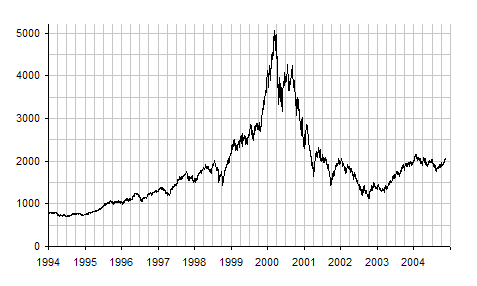Trading for Living
- Introduction to US Index Futures
- Understanding the Indexes
- The S&P 500 Index
- Fundamental Analysis
- Technical Analysis
- Medium Term Trading Strategies
- Long Term Investing Strategies
- Trading Psychology
- Money Management Techniques
- Trading Systems and Platform
- Legality and Taxation
- Building a Trading Plan
- Final Project and Course Wrap-up
Medium Term Trading Strategies
Introduction to Medium Term Trading

Buying and selling financial instruments within the same trading day.
Medium-term trading is a style of trading that falls between short-term day trading and long-term investing. It involves holding positions for several days to several weeks. This trading style is popular among traders who want to take advantage of both short-term price fluctuations and long-term trends.
Definition of Medium-Term Trading
Medium-term trading, also known as swing trading, is a type of trading where positions are held for a period of a few days to a few weeks. The goal is to capture a potential price movement during this period. This trading style requires a blend of fundamental and technical analysis to identify potential trading opportunities.
Time Frame for Medium-Term Trades
The time frame for medium-term trades typically ranges from a few days to a few weeks, although it can sometimes extend to a few months. The exact time frame can vary depending on the trader's strategy and the market conditions. Traders use daily to weekly charts to analyze the markets and identify trading opportunities.
Advantages and Disadvantages of Medium-Term Trading
Medium-term trading offers several advantages. It allows traders to take advantage of both short-term price fluctuations and longer-term trends. It requires less time and attention compared to day trading, making it suitable for traders who cannot monitor the markets throughout the day.
However, medium-term trading also has its disadvantages. It requires a larger capital compared to day trading due to the longer holding period. It also exposes traders to overnight and weekend market risks. Furthermore, it can be stressful as traders have to deal with uncertainties over a longer period.
Comparison of Medium-Term Trading with Short-Term and Long-Term Trading
Medium-term trading falls between short-term day trading and long-term investing. Day trading involves entering and exiting positions within a single trading day, making it fast-paced and time-consuming. On the other hand, long-term investing involves holding positions for several months to years, focusing more on the fundamental value of the assets.
Medium-term trading offers a balance between the two. It allows traders to profit from short-term price fluctuations and longer-term trends without the need to constantly monitor the markets or wait for years to realize profits. However, it requires a good understanding of both technical and fundamental analysis, as well as a solid trading plan and risk management strategy.